these questions would justify a whole section of a book. To avoid this, I put a link at the end of the message. In between, I'll try to answer some parts of your question.
I've gone through dozens of videos and texts, but haven't found properly how is the actual bitcoin itself represented technically or at code level?
That is a known problem with all these videos. It is not sufficient :-) The bitcoin is represented as data in the blockchain. Effectivly, a transaction moves bitcoins around, taking transaction from an address, sending it to a new address. When you take a look at some bitcoin explorers, they provide details, e.g. here as an example. To answer your question, you'd need to understand the details presented in this transaction. In short: you'll discover 2 inputs and 4 outputs. This is, what moves the Bitcoins (or Satoshis). Many transactions can then be combined into a block, which then create the blockchain.
From what I have understood thus-so-far (if correct), is that a single bitcoin itself is NOT represented by any class/object at code level (or technically NOT represented by a unique ID like fiat money has printed on it),
yes, I mean, no serial number on it. But programming wise (there are dozens of implementations), you could think of a class "bitcoin". The default core code has no such thing, code reference is here.
but rather bitcoin is ONLY a figure that's stored in a distributed ledger (blockchain).
yes
And that the creation of a 'new' bitcoin is out of thin air
well, thin air is often a repeated idea, which sounds like discrediting distinction to the FIAT world. But effectivly you have to do some work ("mining"), which costs a lot. So thin air is probably wrong.
as a reward for verifying transactions together with proof-of-work (i.e. solving a math problem in order to delay the broadcast of verificationof transactions) for security purposes (and thus NOT as some put it to discover new bitcoins - as no bitcoin has a permanent unique ID to be discovered).
somehow - please read chapter 10 of the refenced book :-)
to please explain how bitcoin itself is represented either technically
Yup: here is Andreas wonderful book "Mastering Bitcoin", which has lots of examples relevant for developers. My proposal to you: start to evaluate transactions in detail (Chapter 6), and work over into wallets and keys. This gives you the picture within 2-3 hours. And then you probably get the idea. Otherwise you extend your question here, or raise a new question :-)

You can get bonuses upto $100 FREE BONUS when you:
💰 Install these recommended apps:
💲 SocialGood - 100% Crypto Back on Everyday Shopping
💲 xPortal - The DeFi For The Next Billion
💲 CryptoTab Browser - Lightweight, fast, and ready to mine!
💰 Register on these recommended exchanges:
🟡 Binance🟡 Bitfinex🟡 Bitmart🟡 Bittrex🟡 Bitget
🟡 CoinEx🟡 Crypto.com🟡 Gate.io🟡 Huobi🟡 Kucoin.
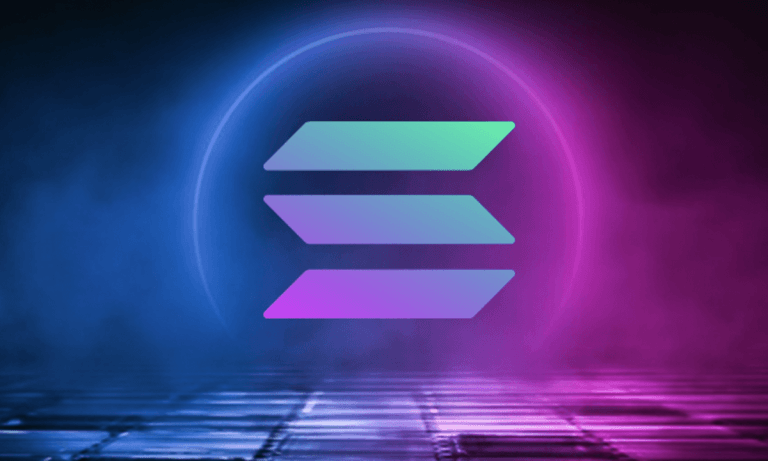



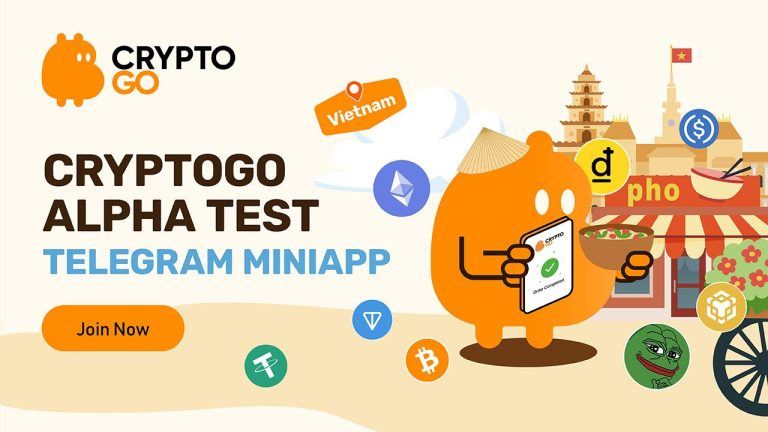

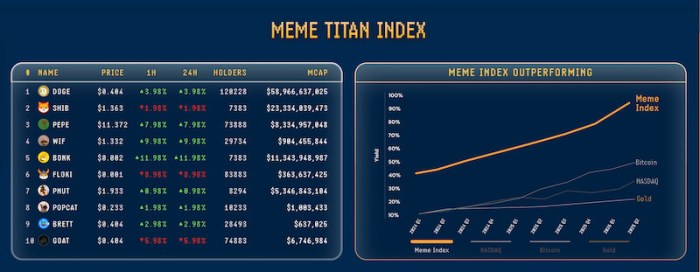
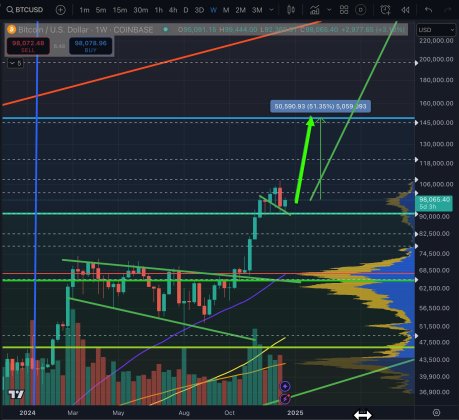
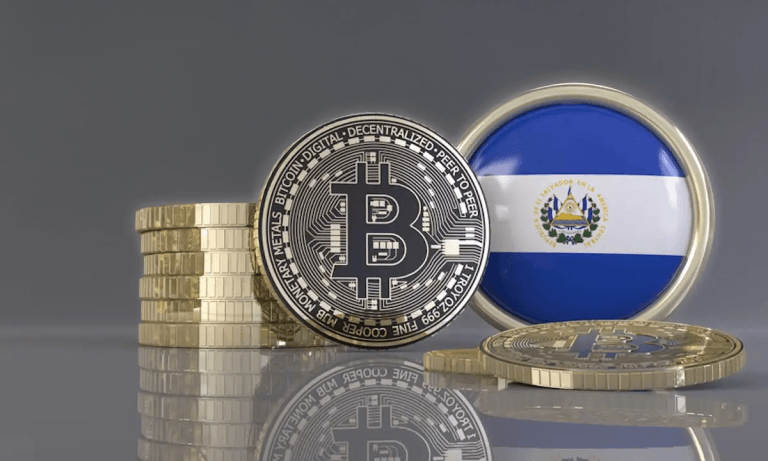


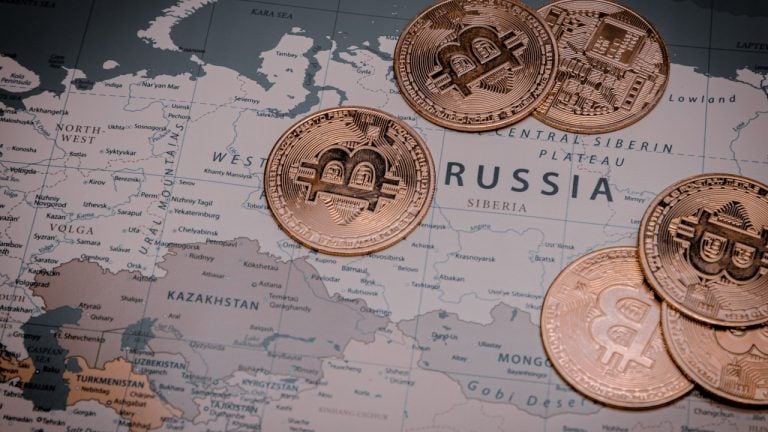


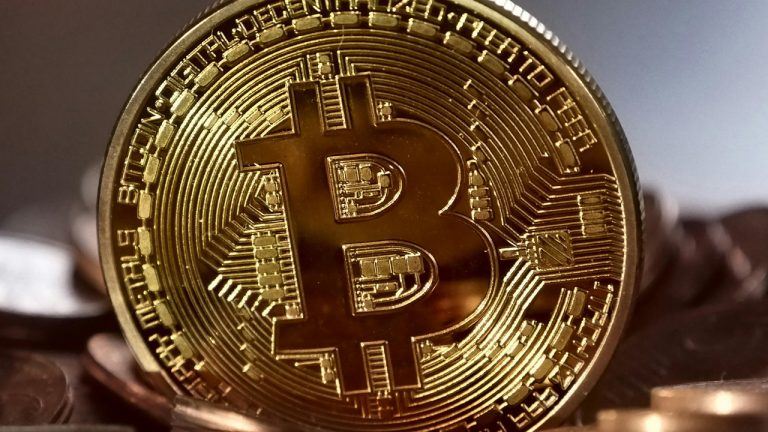


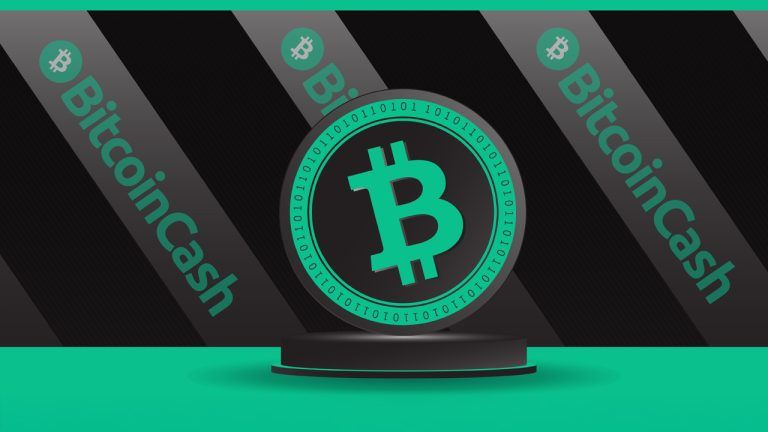

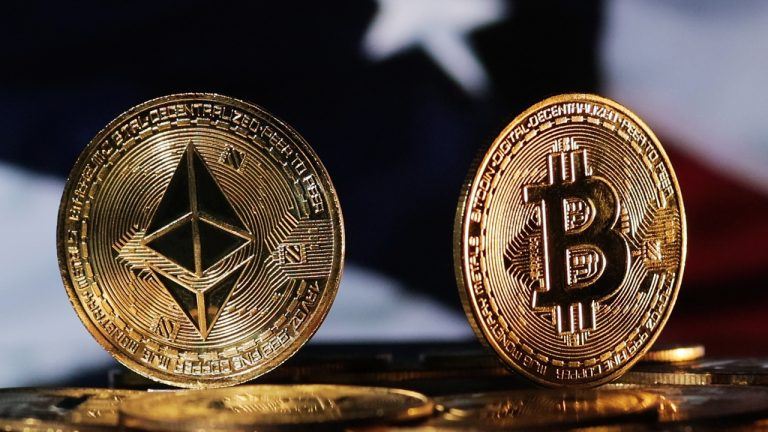
Comments